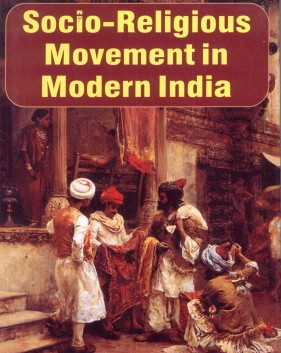



MAJOR SOCIO-RELIGIOUS MOVEMENTS IN MODERN INDIA

Swaminarayan Sampradyaga; Gujarat (early 19th century)
Brahmo Samaj (earlier Atmiya Sabha); Founded in Calcutta (late 18th-early 19th century)
Prarthana Samaj
Young Bengal Movement
Paramahansa Mandali
Satyashodhak Samaj
The Servants of India Society
Social Service League
The Ramakrishna Movement
Arya Samaj
Seva Sadan
Dev Samaj
Dharma Sabha
Bharat Dharma Mahamandala
Radhaswami Movement
Sree Narayana Guru Dharma Paripalana (SNDP) Movement
Justice Movement
Self-Respect Movement
Temple Entry Movement
Indian Social Conference
Wahabi/Walliullah Movement
Titu Mir‘s Movement
Faraizi Movement
Ahmadiyya Movement
Aligarh Movement
The Deoband School (Darul Uloom)
Rahnumai Mazdayasnan Sabha (Religious Reform Association)
Singh Sabha Movement
The Theosophical Movement
© 2026 iasgyan. All right reserved